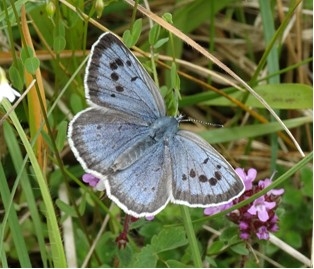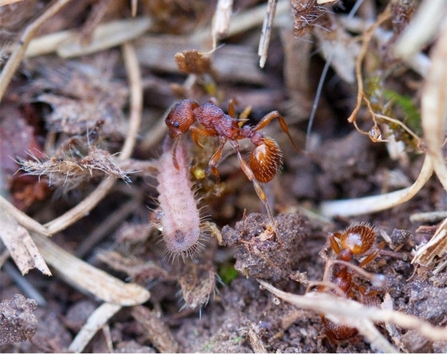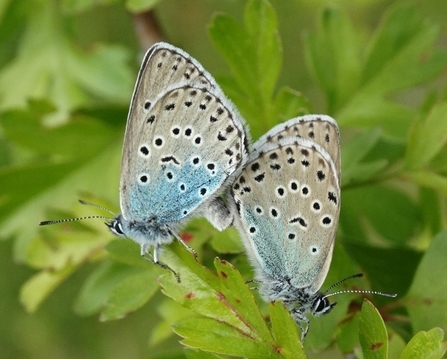A simple story, isn’t it…
We’ve probably all heard about the butterfly lifecycle at some point, with the great transformation of the humble caterpillar into the majestic butterfly (1). The most common image in our head is that of a little caterpillar munching away on green leaves growing bigger and bigger until it spins its chrysalis, hiding away from the world until the time for it to re-emerge. While this is the case for many caterpillars, as with most things, there is a much more complex story behind this simple idea.
Many butterflies and caterpillars are associated with specific species for feeding and not all of them stick to green leaves and colourful flowers for their main course (1). This is the case for the caterpillar of the large blue butterfly which has a slightly different tale to tell. Less childhood story, more horror story is how you would describe these hungry caterpillars, with a myriad of tricks up their sleeves and devious tactics which they’ve evolved to use (2).




